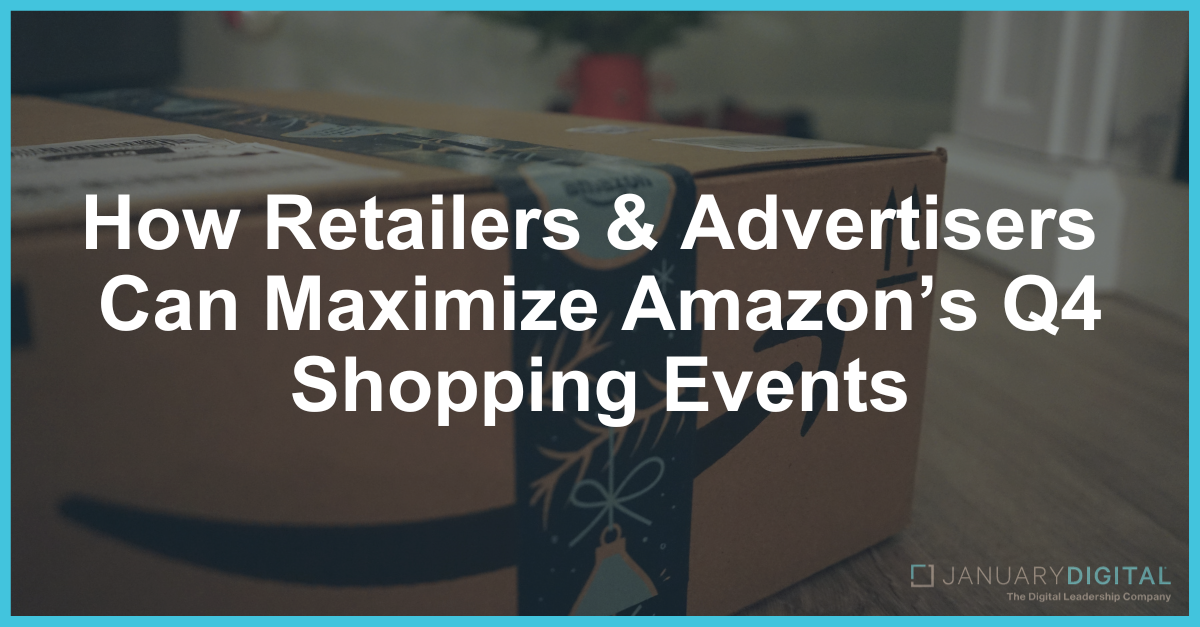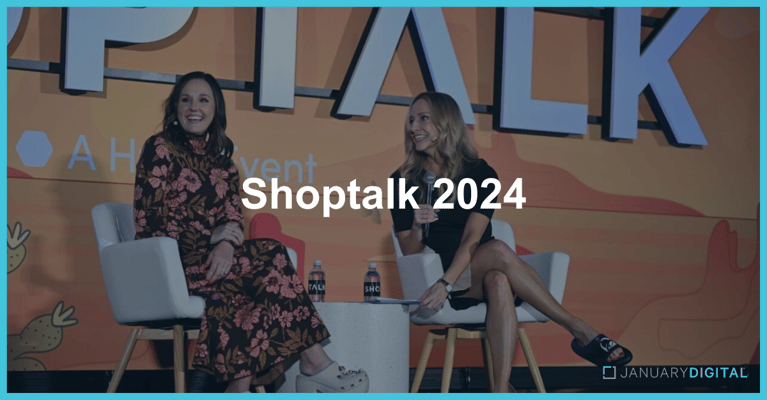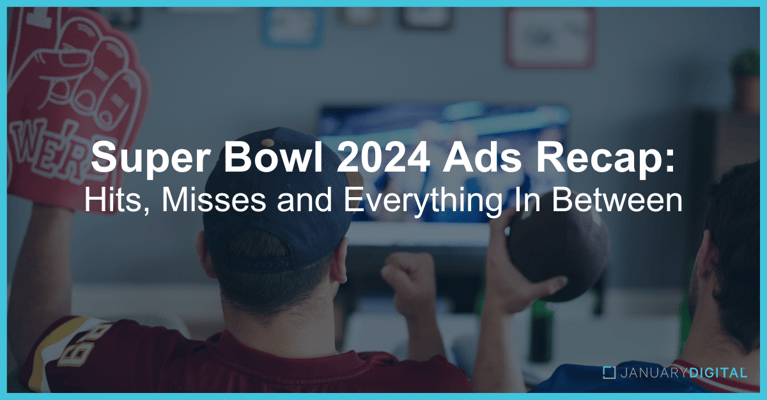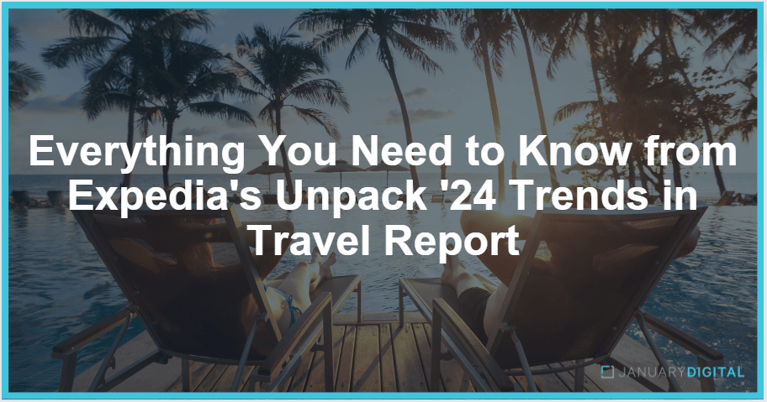Consumers expect to be served where, when and how it matters most to them. Brands have been struggling to keep up with this constant demand and are working towards diversifying their media mixes to serve the breadth of consumer needs. Meta has been iterating their product offerings to provide advertisers with a variety of methods to attract, acquire and retain customers.
We recently attended Meta’s Agency Summit as we prepare our team and our partners for 2024. This event focused on best practices for brands looking to meet customers where they are, and how to leverage Meta’s new product offerings.
Key Insights:
- Brands must establish deeper relationships with consumers through personalization and omnipresence.
- As entertainment evolves, short-form video has gained popularity as consumers prefer bite-sized, interactive entertainment.
- AI is a powerful tool for advertisers looking to enhance all facets of their campaigns.
As brands and advertisers are closing out the year and finalizing their 2024 plans, Meta is likely in the mix. In optimizing performance and testing into new tactics on the platform, it is important to keep the following in mind:
- Brand building is changing as people interact with businesses in new ways and the line between brand and performance marketing has blurred.
As consumer expectations are ever changing, brand building has evolved from a generic idea to focusing on achieving specific outcomes. To successfully build a brand, deeper connections are required with personalization being the expectation rather than the exception. This involves brands to build a presence across multiple channels. Meta noted that the right channel mix can increase the effectiveness of brand campaigns by 2.6x with the optimal mix being Meta, TV and Youtube.
Part of brands meeting customers where they are requires the merging of brand and performance marketing. There is increasingly less separation between browsing and buying and brands must be present to facilitate conversions whether that be in-store or online. On Meta, advertisers can connect to consumers across the funnel by providing personalized ads, branded content on Reels, AR ads, and interactive polling. When brands leverage these immersive high performing formats they can deepen their connection with consumers to meet brand objectives.
- To more accurately report on omnichannel conversions, brands must develop infrastructure to modernize their measurement tools to more accurately evaluate performance.
Marketing to modern consumers requires being present with them from one surface to the next, both in-store and online. Marketing dollars should contribute to sales across the funnel, wherever they may occur. To quantify these sales, brands must have measurement tools in place that account for conversions online, offline, and everywhere in between.
One of the ways Meta is accounting for this omnichannel shift is through their Conversions API. This technology is specifically designed for omnichannel campaign management with offline sales optimization, AI designed to reach people most likely to shop in-store, and incentive ads for offline. This tool also enables advertisers to share other data sources with Meta to inform strategy and optimize overall performance. Ultimately, Meta aims to achieve increased ad performance, improved measurement capabilities, and more accessible privacy-focused information for marketers through their new technology.
- Short-form video is one the rise and consumers have come to expect to be served bite-sized content in the form of both advertisements and entertainment.
Entertainment has evolved and people have gained control over what they consume ranging from the devices they use and the content they choose to watch. Part of a viewer’s choice is the length of content they consume. Short-form content has risen in recent years as this format of entertainment lends itself to expression and connection through posting, exchanging, and interacting with these bite-sized videos.
Meta’s foray into short-form video is Reels. This is the fastest growing format across Facebook and Instagram with around 190 billion reels played every day. Entertainment is more interactive on Reels with users sharing videos more than 2 billion times per day. Aside from the community element of Reels, the format also entices users to take action. In a survey conducted by Meta, 98% of people polled in the UK have taken some action after seeing a Reel spanning from following an account to making a purchase.
The sharable format of Reels is enticing for advertisers as more engaged users are more likely to take action. Meta provided the following survey responses on user behavior as it relates to Reels:
-
- ¾ of people surveyed followed a business after watching a Reel (+7pp more than TikTok and 15pp more than YouTube shorts)
- Nearly ½ of people surveyed have messaged a business after seeing their Reels
- Over ⅔ of people surveyed purchased a product or service after watching a Reel (+7pp more than TikTok +9pp more than YouTube shorts)
Leveraging short-term video supercharges results and advertisers should incorporate an offering like Reels into their overall strategy.
- AI can’t do your marketing, but it can help do your marketing better.
It is not news that AI is having a moment. In short, AI is a tool that draws on large amounts of information and data to solve problems or answer complex questions. Marketers are leveraging AI to elevate their campaigns through copy and creative tools along with more automated and precise targeting. Consumers are also more interested in AI, with Meta reporting a +173% rise in conversations regarding AI on Instagram over the past year.
As the industry evolves and consumers gain an understanding of AI, Meta has rolled out AI tools to power innovation across Facebook and Instagram. These tools focus on improving language, creatives, and overall efficiency. On the content front, Meta has begun to automate relevant chat and chat-bot powered messaging. They are also elevating a user’s discovery journey with more personalized results as 20% of content on Facebook and Instagram feeds is now recommended by AI. Meta has also invested in AI-powered creative tools such as Advantage+ Creative campaigns, which yields +14% more incremental purchases per dollar spent, and the AI Sandbox where advertisers can leverage AI-driven experiences such as generating image backgrounds, image expansion, or image aspect ratio adjustments.
Advertisers are arguably most interested in seeing the incremental revenue generated by advancements in AI. Meta has been developing AI tools to improve ad relevance and leverage machine learning to fuel high-quality data. Meta has shared that advertisers saw a +20% increase in conversions with AI-enabled ad relevance and automation along with a +32% increase in ROAS when leveraging the AI-powered Advantage+ Shopping campaigns. Advertisers can incorporate Meta’s AI offerings into their strategy to automate mundane tasks and optimize campaign performance to improve overall efficiency.
- Consumers want to connect with brands, and sometimes the simplest way to incorporate personalization into a marketing strategy is through a chat.
Personalization is a thread that connects brands, advertisers, and platforms when it comes to consumer behavior. No matter what a person is shopping for, streaming, or reading they expect their experience to be tailored to them. Their interactions with a business are no different. As businesses shift to omnipresent operations, people’s interactions with them are evolving.
Consumers want to message businesses on platforms they already frequent. Meta is encouraging brands to increase their activity across Facebook, Instagram, and Whatsapp messaging to help improve the customer experience. Meta reported that 66% of the adult population messages businesses at least once a week globally and this will only grow as consumers continue to expect more personalized engagement. Meta also reported that their business messaging has higher conversion rates than:
-
- SMS (+53%)
- Email (+61%)
- Other apps (+87%)
Brands should consider leveraging messaging on Facebook, Instagram and Whatsapp, especially if their customers have a presence there, to establish deeper connections and more frequent interactions.
As consumer behavior continues to evolve, brands must make advancements across their strategy to keep up. Meta’s Agency Summit highlighted the shift in people’s expectations and how advertisers must respond to maximize engagement and overall performance.




